My husband love cars, and every time there's a car show, anywhere, even out of the town we will surely be there. I know nothing about it but thanks to Ulster Transport Museum for showcasing this wonderful cars and its history.
Have a bit of nostalgia. Let's look into this amazing early cars.
MGB Roadster

Year of manufacture: 1975
Maker: MG Car Company Ltd Abingdon, Oxford, part of the British Leyland Motor Corporation
The MGB Sports car was one of the great motoring icons of the "swinging sixties". Owning a " B" or its rival, a Triumph TR - was definitely trendy.
The MGB had been launched in 1962, the latest in a line of a sports car first made by Morris Garages of Oxford in 1924. The Type III MGB Roadster, seen here, was a 1972 update. This particular car dates 1975, the last year of production of "original" MGB 2-seaters.
MGB sold in large numbers in both the UK and United States - nearly 400,000 were made - but in the end, it was the US market, where new safety regulations were imposed in 1975, which contributed to its demise. New bumpers, increased height and emission-control spoilt its look and its performance, and sales plummeted. The last MGB was made in 1980.
The MG name "Morris Garages" was invented in 1924 to distance the sports car for the company's sedate Morris Oxford range.
Amphicar

Year of manufacture: 1967
Maker: Quandt Group, Lübeck, Germany
Every decade or so someone has a great idea. What the world needs is an amphibious car or perhaps terrestrial boat. The Amphicar was the 1960s version.
Designed by Hans Trippel, who had worked on amphibious vehicles for military use in the 1940s, the Amphicar was built in Germany between 1961 and 1967. It turned out to be one of the most successful of its type, especially in America.
Over the six years, 2800 were made. Unfortunately for the Amphicar, American safety regulations were tightened up in 1967. Either the car's design had to be changed radically or it could no longer be sold in the USA. Neither was affordable, so production ended. This example was one of the last to be made. From 1968, it navigated the seas and rivers of Ireland, Scotland and England in a series of publicity trips and TV programmes.
Mercedes 230 SL

Year of manufacture: 1964
Maker: Mercedes-Benz Stuttgart
"It was our aim to create a very safe and fast sports car high-performance, which despite its sports characteristics, provides a very high degree of travelling comfort."
-Mercedes-Benz Chief Engineer Prof Fritz Nallinger
The Mercedes 230 SL was one of the first luxury GT cars in the world. It was launched at the 1963 Geneva Motor Show. The elegant styling caught the motoring world's attention, especially the slight dip in the top - the 'pagoda roof'.
Although there were several mechanical upgrades, the distinctive body shape was hardly changed during the car's right year production life. Mercedes originally assumed that most customers would prefer manual transmission. In fact, partly because the 230 SL became very popular in the United States, most of the 19,831 cars made were given a four-speed automatic gearbox.
Peugeot Bèbè

Year of manufacture: 1914
Maker: SA des Automobiles et Cycles Peugeot
True to its name, the Bèbè was a kind of supermini of its time. It was launched in France by Peugeot in 1904 and soon became popular in Britain.
The 1904 Bèbè had stolen the show at the Paris Motor Show. Tiny, cheap and practical, it was also technically advanced. The 1912 Bèbè, of which this is an example, was a proper two-seater with a small but powerful engine. The new Bèbè, designed by the famous Ettore Bugatti, could do 37 mph (60 kms per hour).
As well as being a practical small car, it was successful racer and hill-climber.
The Peugeot company started in the 1800s as a family ironmongery and, later, cycle manufacturers. Thanks partly to innovative, popular products like the Bèbè, the company survived to become one of the biggest car makers in Europe.
Rover SD1 Cutaway Display Model

Year of Manufacture: 1976
Maker: Rover Motor Co. Ltd. Solihull, Birmingham
SD1 was the Rover company'd 1971 code name for the new hatchback it was planning. The car was launched in 1976, and theeis cutaway display model was made by the factory to show the advanced features and space-saving design.
The first model to appear was called the Rover 3500. The SD1 name was never used as a brand name; all fifteen models in the range, which was made until 1986, we're given similar names, based on their engine size and type.
When launched, the motoring press welcomed the Rover 3500 as a very stylish car. It was voted International Car of the Year in 1977. It cruised smoothly at high speed, was spacious and comfortable, characteristics that made it potentially a good car for long-distance motoring.
Unfortunately there were problems with build quality and the interior soon looked worn out. The initial excitement gradually turned to disappointment. The car was also built for the American market, but was never popular there.
Hillman Imp

Year of manufacture: 1967
Maker: Rootes Motors Ltd., Linwood, Glasgow
The Hillman Imp was the Rootes Groups response the Mini. Like the Mini, its 1963 design was revolutionary, but it was a less successful car than its competitor.
To maximum luggage capacity and passenger spacee, the Imp designers put the boot at the front, with the sideways mounted engine at the back. In this position, unfortunately, the aluminum engines of early cars overheated, and Imps got a reputation for reliability.
In fact the design was clever and Imps, although small and cheap, had many other features that Minis never provided. In spite of the distinctive styling, a range of special models and improved reliability, only 400,000 Hillman Imps were made (compared with 4 million Minis) and production ended in 1976.
The Rootes Group had poured money into developing and making the Imp. The relative failure of the car, as well as industrial unrest, contributed to the collapse of the company and its takeover by Chrysler in 1976.
Morris Traveller

Year of manufacture: 1970
Maker: British Leyland Motor Corporation
The Morris Traveller combined up-to-date technology with a traditional appear ance. This may be what made it especially appealing to the public.
The Traveller was the 'estate car' version of the Morris Minor, a compact car with advanced economy, handling and performance designed by Alec Issigonis (who went on to design the Mini). It was introduced in 1953 and remained in production until 1971.
Inspired by 'shooting brakes', the wooden framed vehicles used transport gamekeepers and their guns, the back half of The Traveller was constructed with exposed timbers. It was a practical vehicle with space for 4 people and plenty of stuff - a perfect match for the optimistic, grow-your-own and DIY lifestyle of the 1950s and 60s.
Morris Cowley

Year of manufacture: 1923
The Morris Cowley was designed in 1915 as the British version of the American Ford Model T: a car for the people at the price they could afford. William Morris, the Cowley's inventor even used American engines in the first batch of his new cars.
This example is one of the second, 1919 models, which had a French copy of the original engine. It has the curved front which gave early Cowleys the popular name "bullnose Morris".
Sales of Cowleys didn't really take off until the 1920s, when an economic slump forced Morris to drop the price from £525 to £225. A new model with a flat radiator grille and steel body came out in 1926, while the Cowley - six of 1934 was a completely new, large car with a big engine. The Cowley name lived on, in a succession of Morris cars and vans, until 1958.
Belsize 10/12 hp

Year of manufacture: 1911
Maker: Marshall & Co. Belize Works, Clayton, Manchester
In the early years of motoring numerous small factories and workshops were making a huge variety of cars. Only a few firms very successful enough to become well-known brands. Marshall & Co., makers of this Belsize are a good example.
The car was one of many similar models available in the Edwardian times; the Belsize came complete with hood, windscreen, lamps and horn for £225.0s.0d (about £17,000 at 2009 prices).
The company produced cars into the 1920s, but they were expensive and rather unreliable. Unable to compete with the better designs and lower prices of cars being made by Ford, Austin and others, Marshall & Co., by now Belsize Motors Ltd., ceased trading in 1925. The Belsize was actively marketed in Ireland. This one was bought as a gift for a Wexford lady in 1911.
Austin

Model: Seven (Top Hat Saloon)
Year of manufacture: 1929
Maker: Austin Motor Company, Limited, Birmingham
The Austin 'Seven' was launched in 1922 and was an immediate successss. By 1929 annual production had risen to almost 27,000, a figure exceeded only in 1935.
In 1929 there was a very marked increase in demand for small economical cars such as the Austin Seven and Morris Minor after an increase of 12% in the price of petrol. Of the 37,000 new cars registered in the UK in the first quarter of 1929 no fewer than 30,500 were small economical saloons. The cost of an Austin Seven in 1929 was £140 and the colour scheme of black and maroon was standard for this model.
Engine: 4-cylindeside-valveve
Capacity: 747 cc
Rated output: 8hp
Gearbox: three forward and reverse
Registration No.: VW 7393
Volkswagen Beetle

Year of manufacture: 1972
Maker: Volkswagen
Iconic. A classic. VW Beetle, launched in 1933 and with 21,529,464 having been built around the world by 2003, is still the best-selling car design in the history of motoring.
The design was commissioned from Ferdinand Porsche as a "Volkswagen" (people's car). Mechanically, it was to be as simple as possible, with an air-cooled engine at the back, and space to carry two adults and three children in comfort. The name Beetle is a direct translation of the car's German nickname "käfee".
After 1945, Beetles were made in Germany for export, but their popularity led, first, to assembly in six other countries, and later to manufacture in Brazil and Mexico.
This example dates from 1972; it is one of the "super Beetles", with safety features and a larger engine, of the type that was made right up to the end of production - 1978 in Germany, but 2003 in Mexico. Despite 70 years of modifications, the last Beetle was still unmistakably a direct descendant of Porsche's original.
Austin Seven (Mini)

Year of manufacture: 1960
Maker: BritishMotor Corporation (Austin Motor Co. Ltd.) Long ridge, Birmingham
The Mini was one of the most influential cars ever made. Two models were launched in 1959; the name, which became part of the English language was almost an afterthought.
The Mini brand name was not introduced until 1961. The first cars were sold as Austin Sevens (like this one) and Morris Mini-Minors. Their revolutionary features - front wheel drive, sideways-mounted engine, clever use of space influenced car design for the next fifty years.
By 2004, four years after production ended, 1,581,887 Minis had been sold in Britain, while over 4 million cars, vans, Mini-Coopers, mokes and other versions had been made worldwide.
This car had three owners between 1960 and 1983. Eleen McKeown was the last; she liked it so much that she wrote " an ode to a Mini" about it, and spend £700 on repairs after it was involved in a crash. It had only done 28,000 miles when it retired to the museum in 1983, still in great condition.
Nobel 200

Year of manufacture: 1960
Maker: Short Brothers & Harland Ltd., Newtownards, Co. Down. (on behalf of York Nobel Industries under licence from Electromaschinenbau Fulda, GmbH. of Germany.)
The Nobel 200 is said to be the vehicle that inspired the name "bubble car". It was invented in post-war Germany, but this one was built in Newtownards, Co. Down.
The idea of a basic, economical, three-wheeled car with two seats and a very small engine, caught on particularly with drivers who liked the "cockpit" cabin - in the 1950s, when petrol was in short supply.
The original official name was Fuldamobil, after the town where the cars were first built by Electromaschinenbau Fulda GmbH. Although never mass-produced, the car was made under licence in many parts of the world between 1950 and 1969. Short Brothers & Harland Ltd of Newtownards built them for the British licence-holder, York Nobel Industries; the name Nobel 200 came from them.
As with other "bubble cars", the popularity of the Nobel 200 waned after the introduction of the BMC Mini in 1959.
And this one is...
DMC-12 Coupe


I hope you enjoyed it.
Which one is your favourite?


Thank you for reading. ❤❤❤

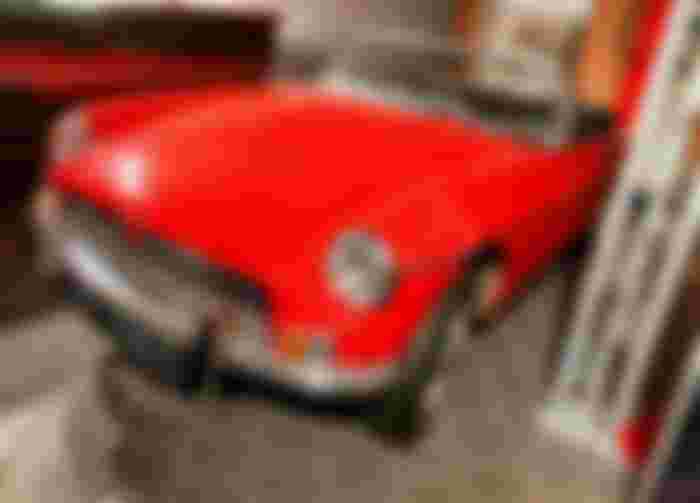

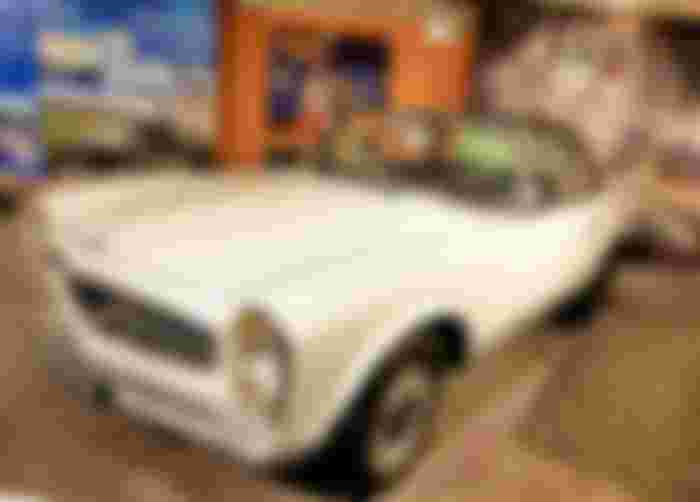
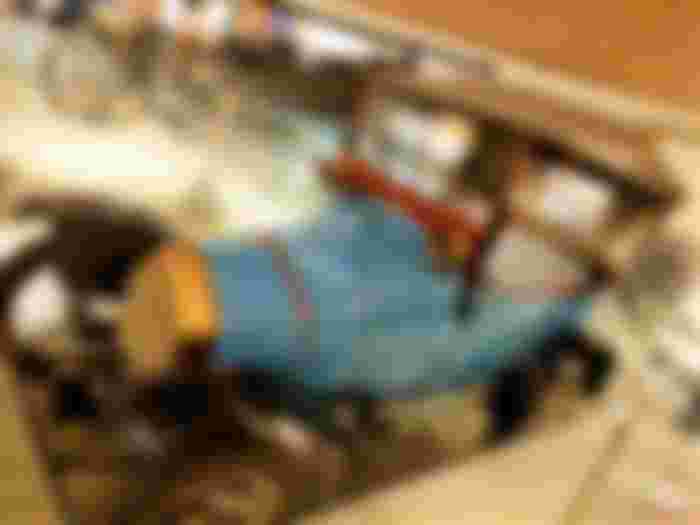
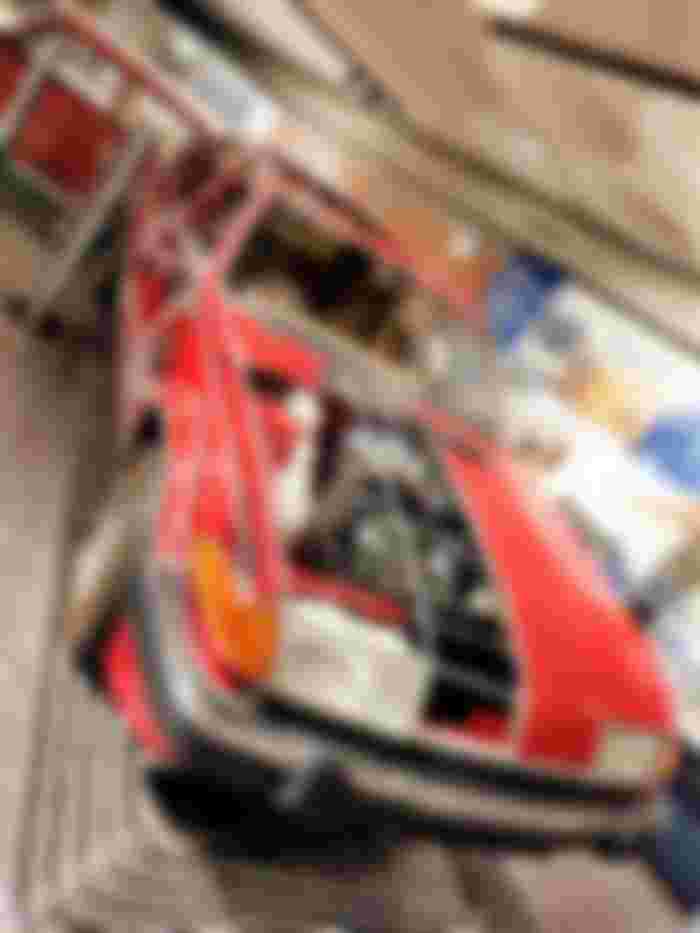

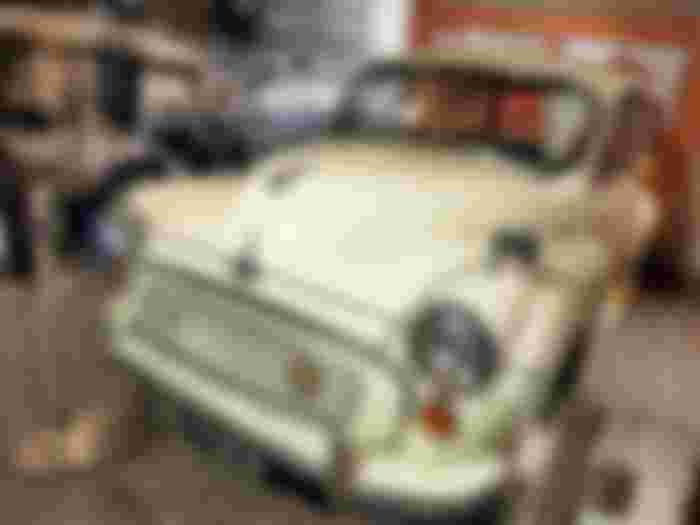
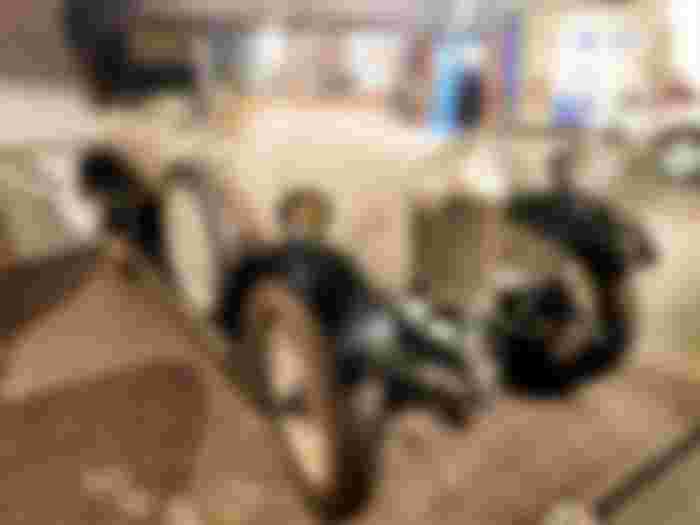

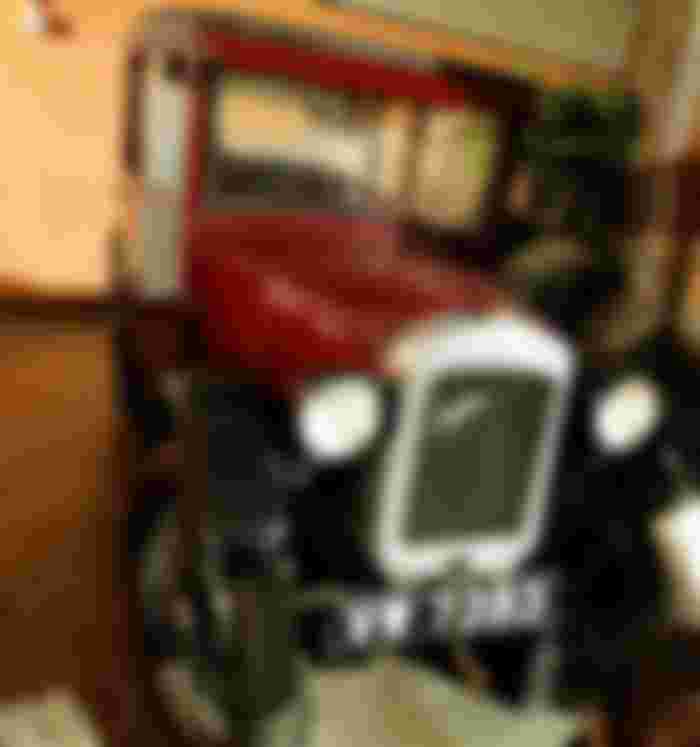
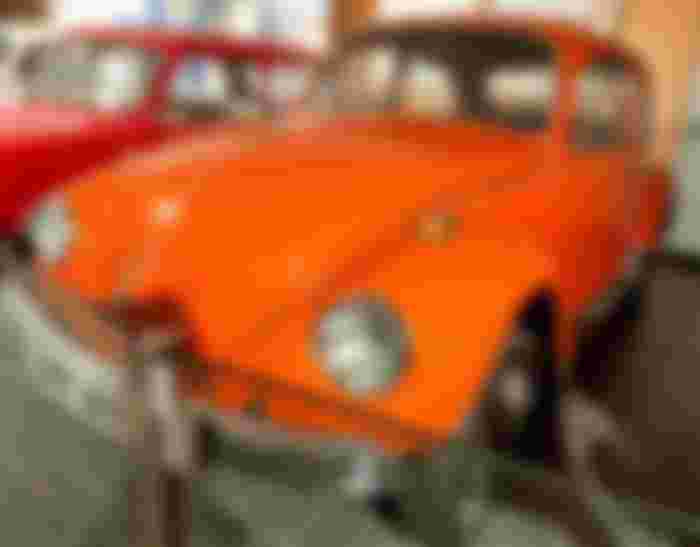
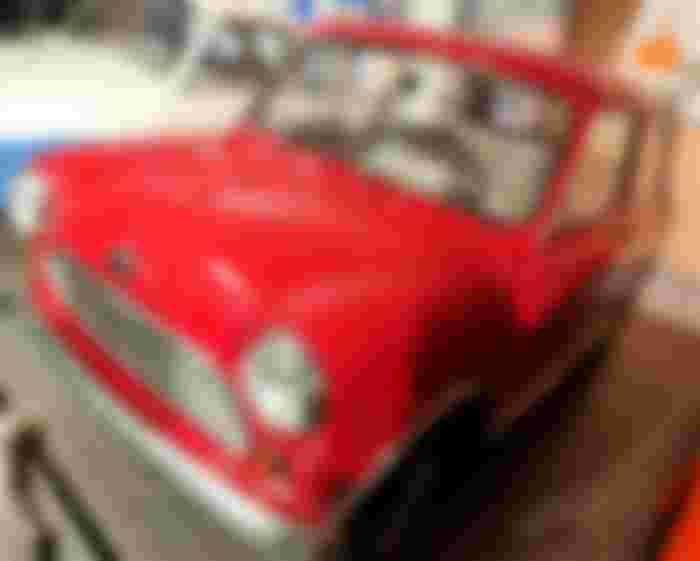
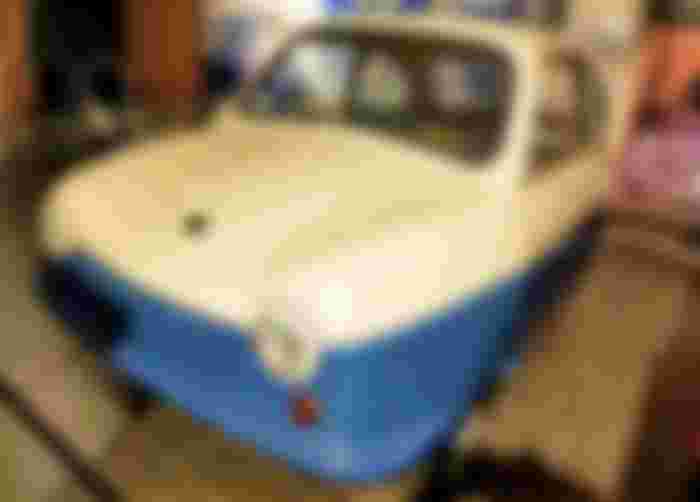
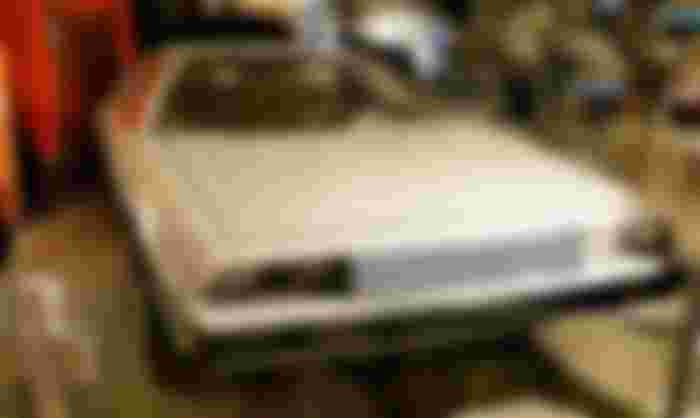



You showcased these fantastic vehicles perfectly. This article is an example of web-journalism at its finest.